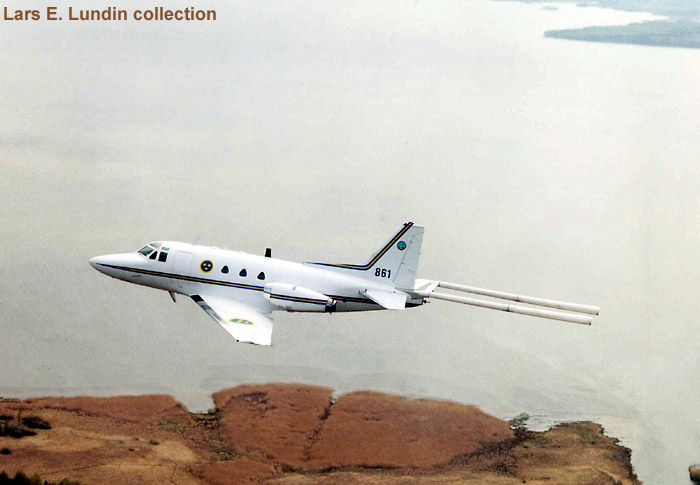Synthetic Aperture Radar: Exploring the Hidden Landscape and Unveiling Earth’s Secrets through Foliage Penetration

About Course
Imagine being able to see through dense forest canopies, uncover hidden landscapes, monitor disaster zones, and detect concealed objects from miles away—even in complete darkness or cloudy weather. This is the remarkable capability of Synthetic Aperture Radar (SAR), a game-changing remote sensing technology that doesn’t just capture images—it penetrates barriers. In this course, we dive into the world of foliage-penetrating SAR systems, revealing how radar waves unlock insights that are invisible to the naked eye or traditional optical sensors.
Through vivid examples, hands-on case studies, and scientific explanations, this course explores the principles, applications, and technological advancements of SAR with a focus on foliage penetration. From defense and disaster response to agriculture and environmental monitoring, learners will discover how SAR is revolutionizing the way we observe and understand our planet. By the end, students will not only grasp the science behind SAR but also appreciate its powerful role in unveiling Earth’s most hidden features—all while weighing the ethical considerations that come with such capability.
Course Content
Introduction
Importance of remote sensing technology in understanding the Earth’s surface.
00:00Overview of Synthetic Aperture Radar (SAR) and its unique capabilities.
00:00Significance of foliage penetration in SAR for uncovering hidden landscapes.
00:00Purpose and scope of the ebook.
00:00